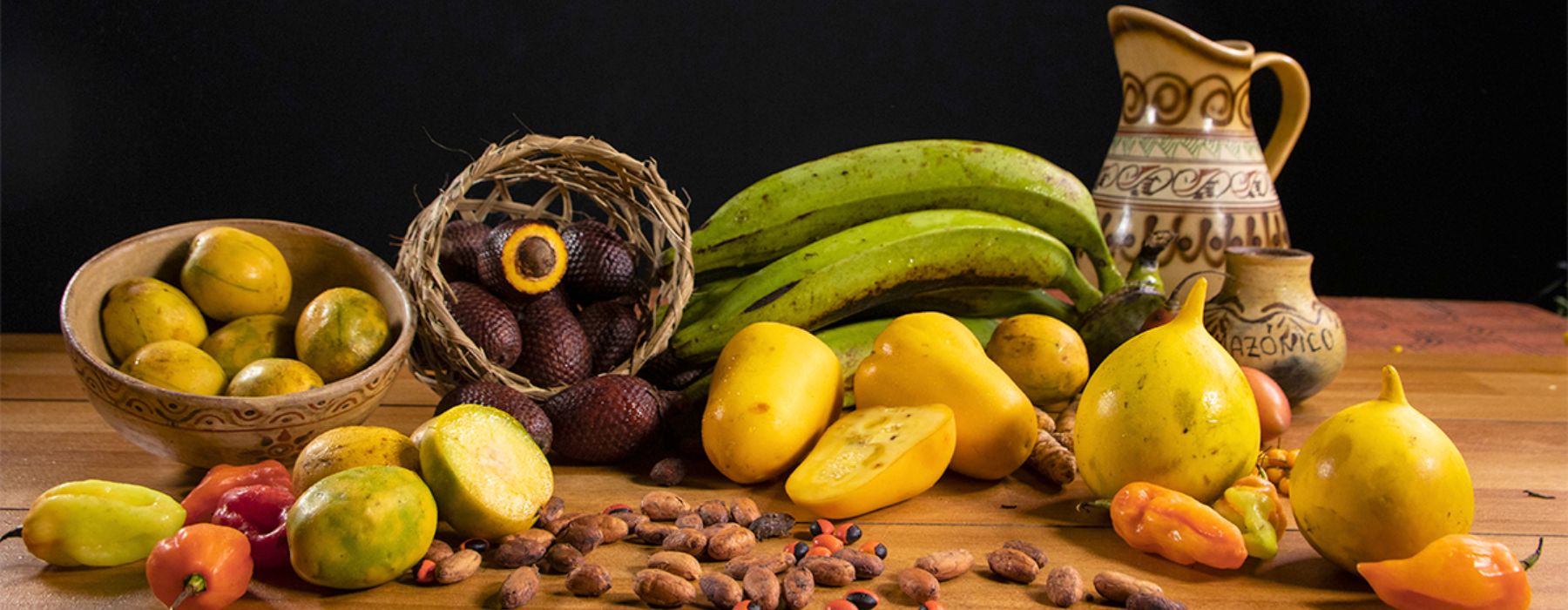
Quinoa and maca, the famous Inca superfoods from the Andes mountain region, have already made their mark on North American and European diets, but as scientists expand their research, a new wave of fruits of the amazon rainforest, exotic fruits that are coming to the market. Deep in the Amazon rainforest, these nutrient-dense fruits have been eaten and used in dishes by indigenous Amazon communities for centuries for their variety of health benefits, but now they are beginning to garner worldwide attention.
You may be surprised to know that many of the fruits we enjoy in the Western world have their roots in the Amazon Rainforest. Mangoes, oranges, lemons, and many more all grow in the Amazon, but we only consume a tiny proportion of the 3,000 or so known to the people of these areas. Some of these Amazon rainforest fruits contain a huge number of vitamins and minerals, and if you go on an Amazon vacation, you should make sure you try each one for the unusual tastes alone – the health benefits are a plus!
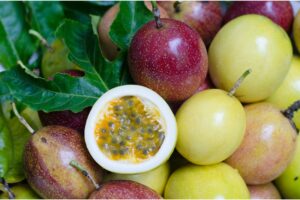
Camu camu, also known as rumberry, grows in the Peruvian and Brazilian Amazon on a bushy riverside tree. While the fruit itself is rather sour, it is used in many ways and served often as ice cream and in juice form.
The fruit harvests during the rainy season so are collected by canoe. It has a very high level of vitamin C, between 2 – 3% of its fresh weight, and is extremely popular throughout Iquitos and the Amazonas.
This fruit is becoming increasingly popular as a health supplement for its high antioxidant and anti-viral properties. Camu Camu is used for medicinal purposes to fight off cold sores, herpes, and your common cold. This superfruit has been used to fight inflammation and because it contains Valine (an amino acid), camu camu prevents muscle breakdown and is great for your nervous system’s cognitive function.
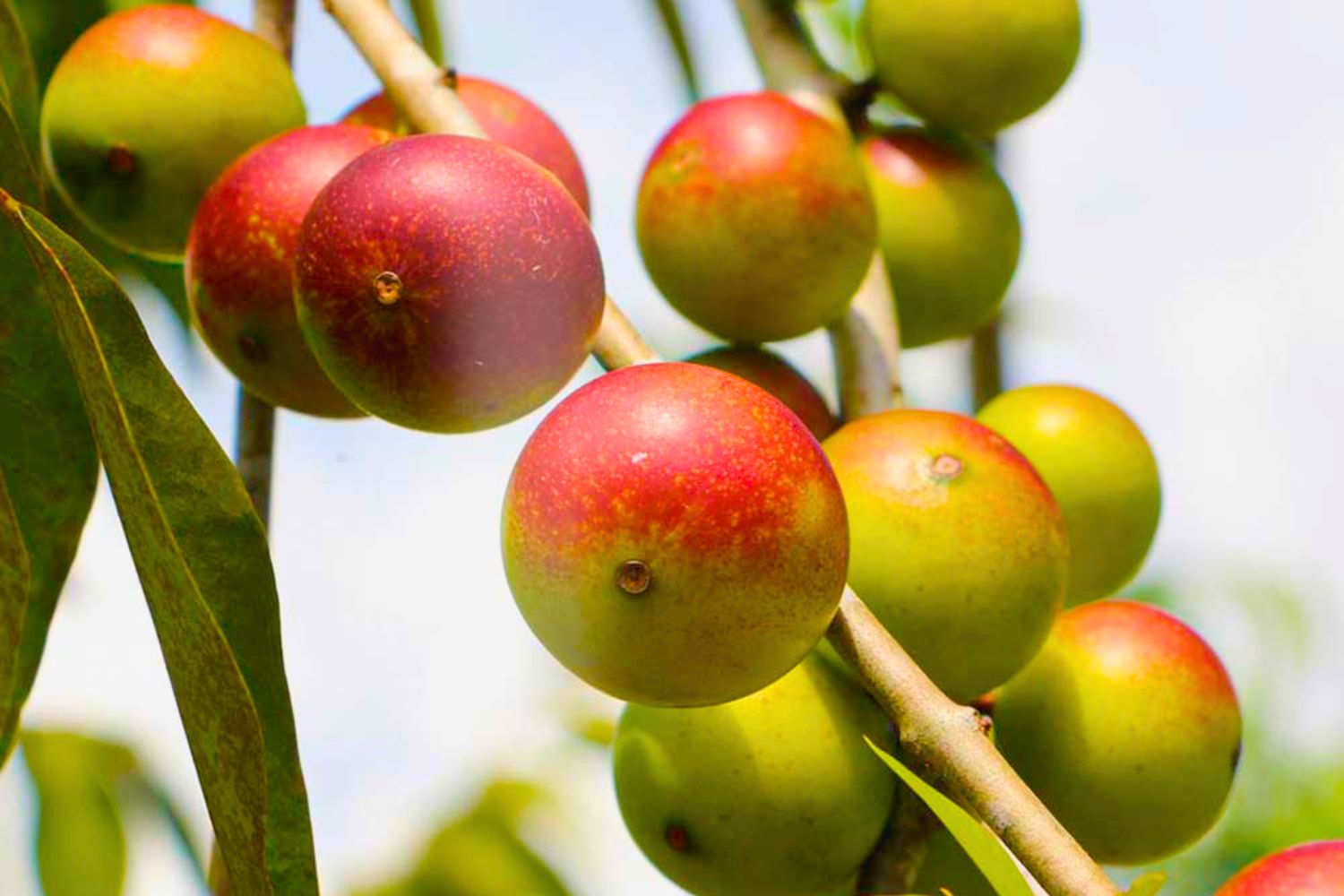
Maracuya is known to us as passion fruit, but in the jungle, and throughout much of South America, it is much more widely consumed. Grown on vines, the fruit is yellow to dark brown with a juicy seed-filled interior.
Fresh passion fruit contains provitamin A, beta carotene, vitamin C, dietary fiber, and iron. A single cup of passion fruit contains about 25% of your daily recommended amount of carotenoids.
Maracuya juice is a source of potassium, which suggests it could have good properties for lowering blood pressure and is a natural stress and anxiety reducer. Preliminary research has also indicated that consuming passion fruit peel may alleviate asthma symptoms.
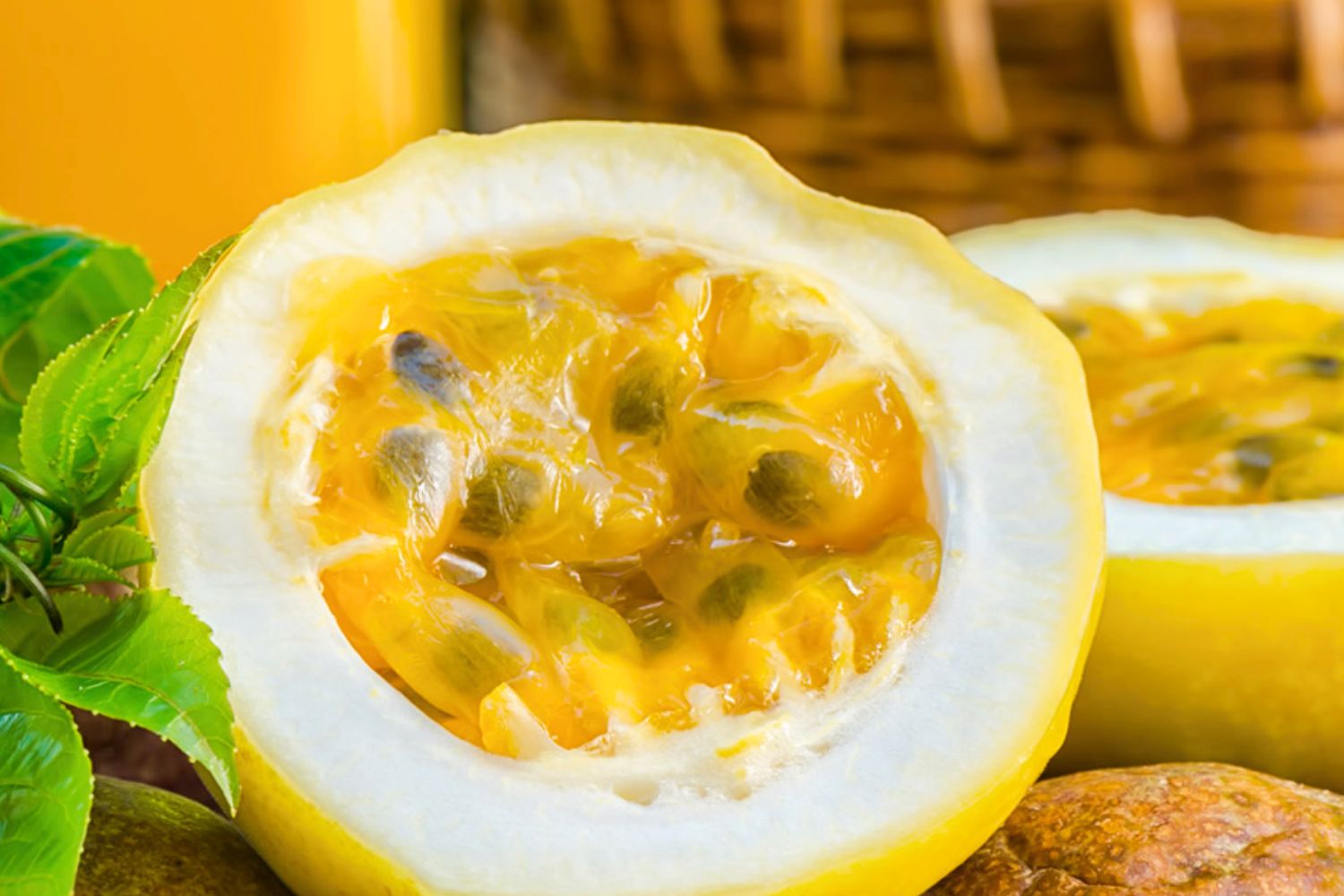
Native to Central and South America, these tiny purple berries (similar in appearance to grapes) are found on palms that grow as tall as 25 meters and produce 40 to 50 pounds of berries per year.
Acai has recently started to become extremely popular internationally owing to its antioxidant, high fiber, and healthy fat properties (omega fatty acids). The berries help support healthy hair, skin, and nails and are also known to aid with digestive problems by keeping your digestive system in optimal function. Their high vitamin C content protects you from cardiovascular diseases and increases your overall energy.
In a study of three traditional caboclo populations in the Brazilian Amazon, the acai palm was described as their most important plant species because the fruit makes up around 42% of their total food intake by weight.
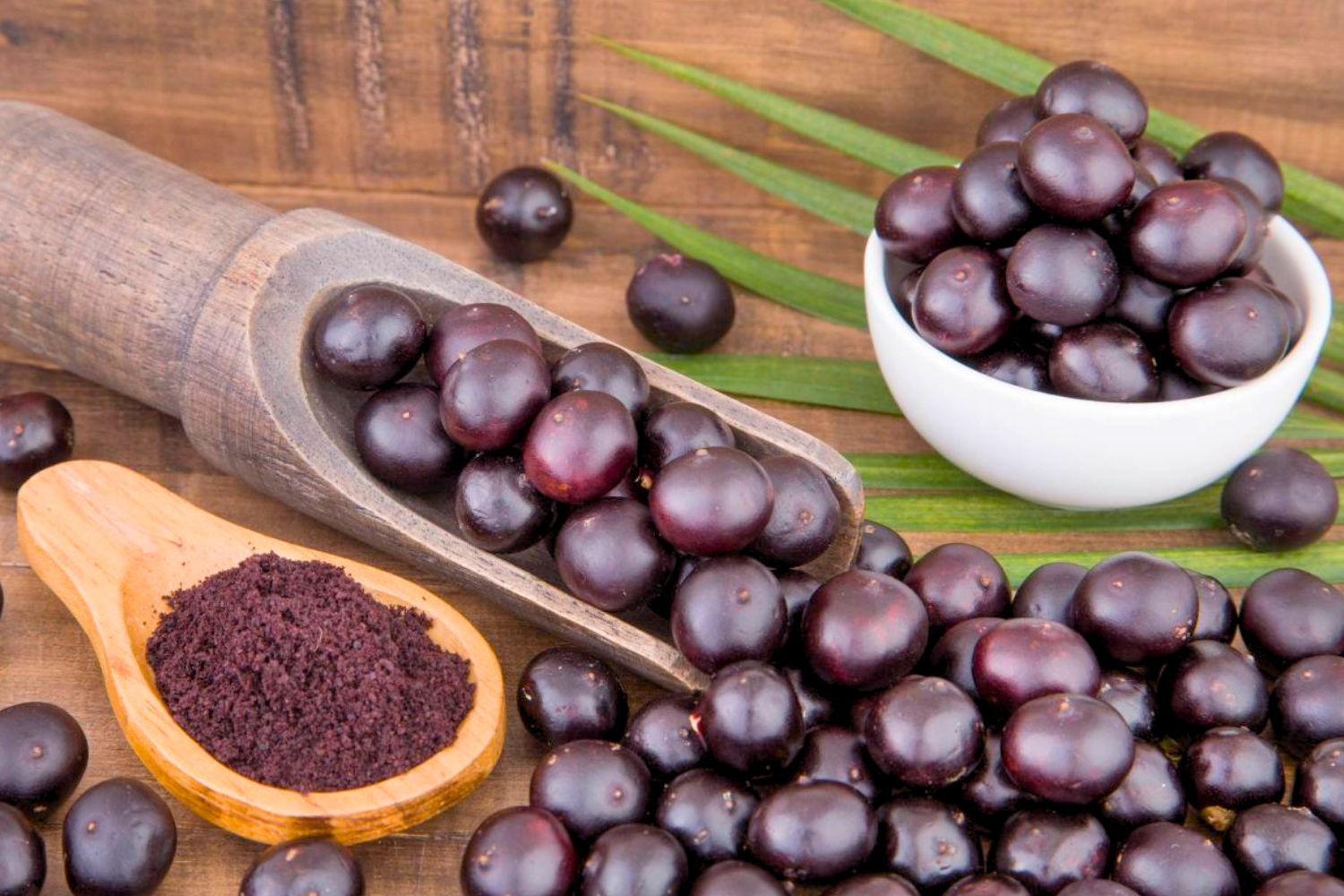
The bacaba palm, also known as kumbu, is another native to the Amazon. It actually produces more fruits than any other palm in South America, usually around 2,500 per bunch! They have a dark red to purple colored shell and have a high nutritional value thanks to their rich fiber content.
The fruits are taken off the bunch, soaked in water, the skin removed, and then blended to extract the pulp, which is cooked and typically consumed unsweetened as a juice known traditionally as vinho de bacaba (bacaba wine). It is also combined with tapioca flour to make savory sauces in local cuisine.
The fruit also yields a moisturizing and emollient oil as part of the cooking process. The remains of the fruit aren’t wasted but instead fed to livestock such as pigs, and the leaves are also used in the construction of houses, as are the tree trunks.
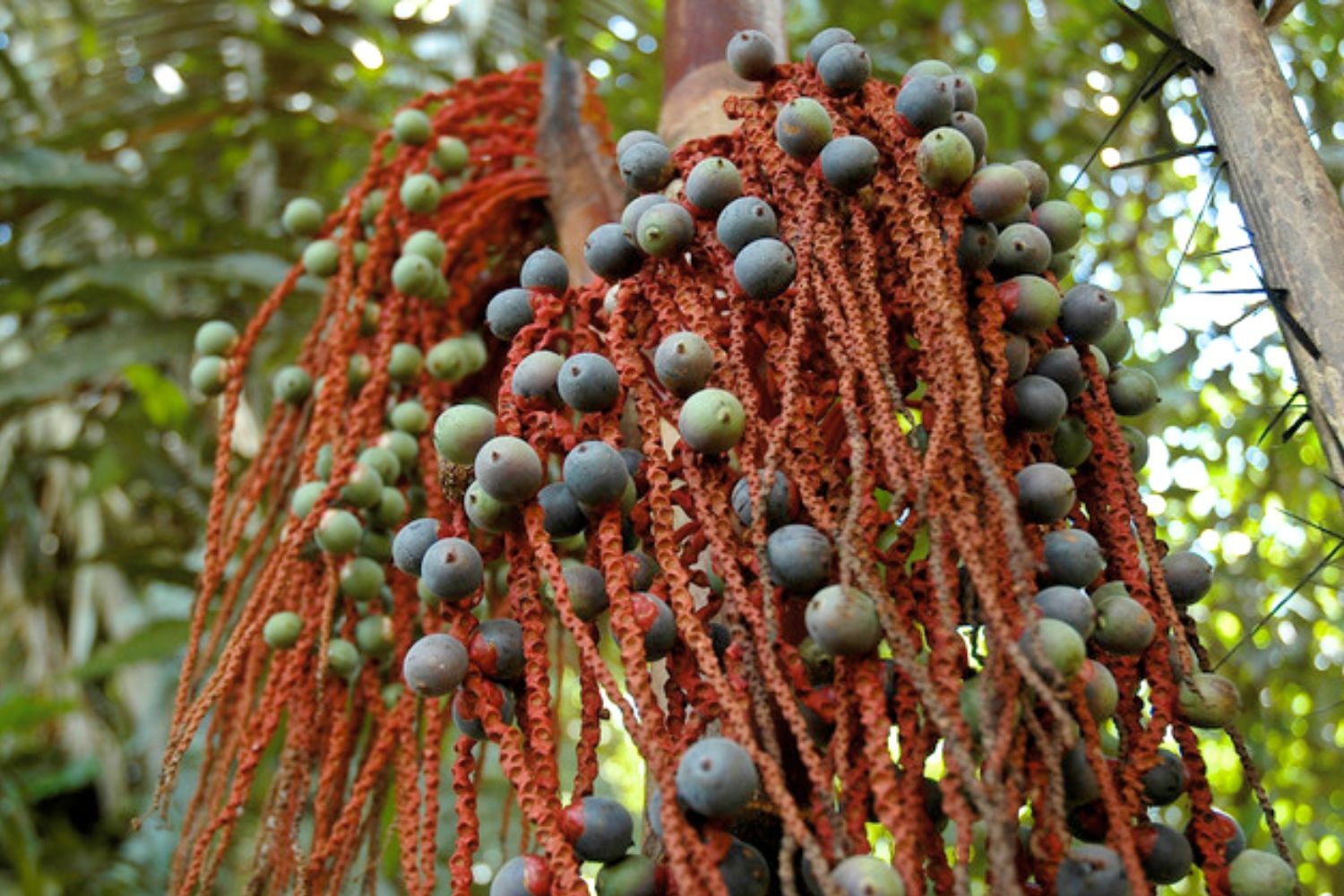
Cupuacu is related to cacao, and has been cultivated by indigenous peoples in Colombia, Peru, Brazil, and Bolivia for centuries, but only now it is in the North American spotlight because of its extremely potent vitamins, antioxidants, and essential nutrients.
The primary health benefit of this amazon superfood is heightening the body’s immune system and lowering blood pressure. It has a caffeine-like effect but does not actually contain any caffeine. Your body will not experience the caffeine crash. Anyone suffering from high cholesterol will benefit from consuming cupuacu as it is known for lowering the body’s overall cholesterol level through lipid inhibition. Amazon tribes use cupuacu for pain relief, especially during childbirth. The theacrine component which gives you energy also works wonders as a natural anti-inflammatory. You can apply it directly to your skin, or consume it.
It grows on a tree of the same name, and the fruits are the size of a large mango. They have a thick, brown, fuzzy exocarp and weigh anywhere between 1 and 2 kg. The pulp of the fruit has been described as tasting like a mixture of chocolate and pineapple and is often used in desserts, whereas the juice is often compared to that of a pear.
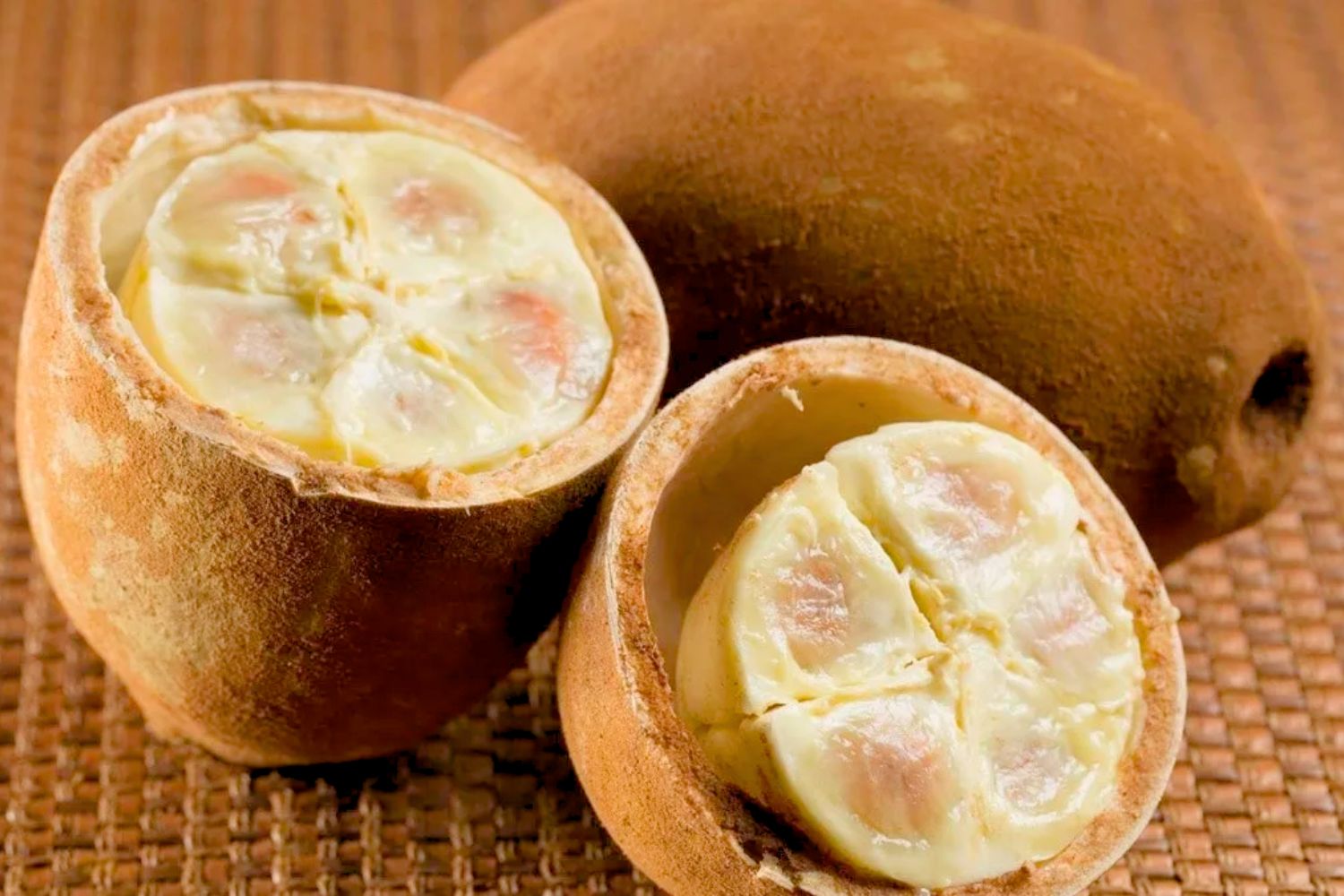
Aguaje, or the moriche palm fruit, has three times more vitamin A than a carrot and is packed with protein, vitamins, and oils. It’s also very high in vitamin C content and often used to make jam, juice, and ice cream, and is even fermented into fruit wine.
It is found in tropical wet areas of South America. Its oil contains high concentrations oleic acid, tocopherols, carotenoids, and vitamin A, and is known as a miracle fruit because it’s used to treat burns and various skin conditions like psoriasis and eczema. When applied directly to a burn, the high vitamin A, vitamin E and oil content soothe the wound, its natural anti-inflammatory ingredients taming redness and calming the skin. Its rich beta-carotene component is also known to protect from sun damage and makes for a great natural sunblock.
Despite its miracle healing properties, the Aguaje fruit is becoming more famous globally for its phytoestrogens (plant-based estrogens) which naturally increases female curves, earning it the moniker of the “Curvy Fruit”! The fruit is said to balance hormones levels during menstruation, ease hot flushes during menopause, and even be capable of restoring fertility.
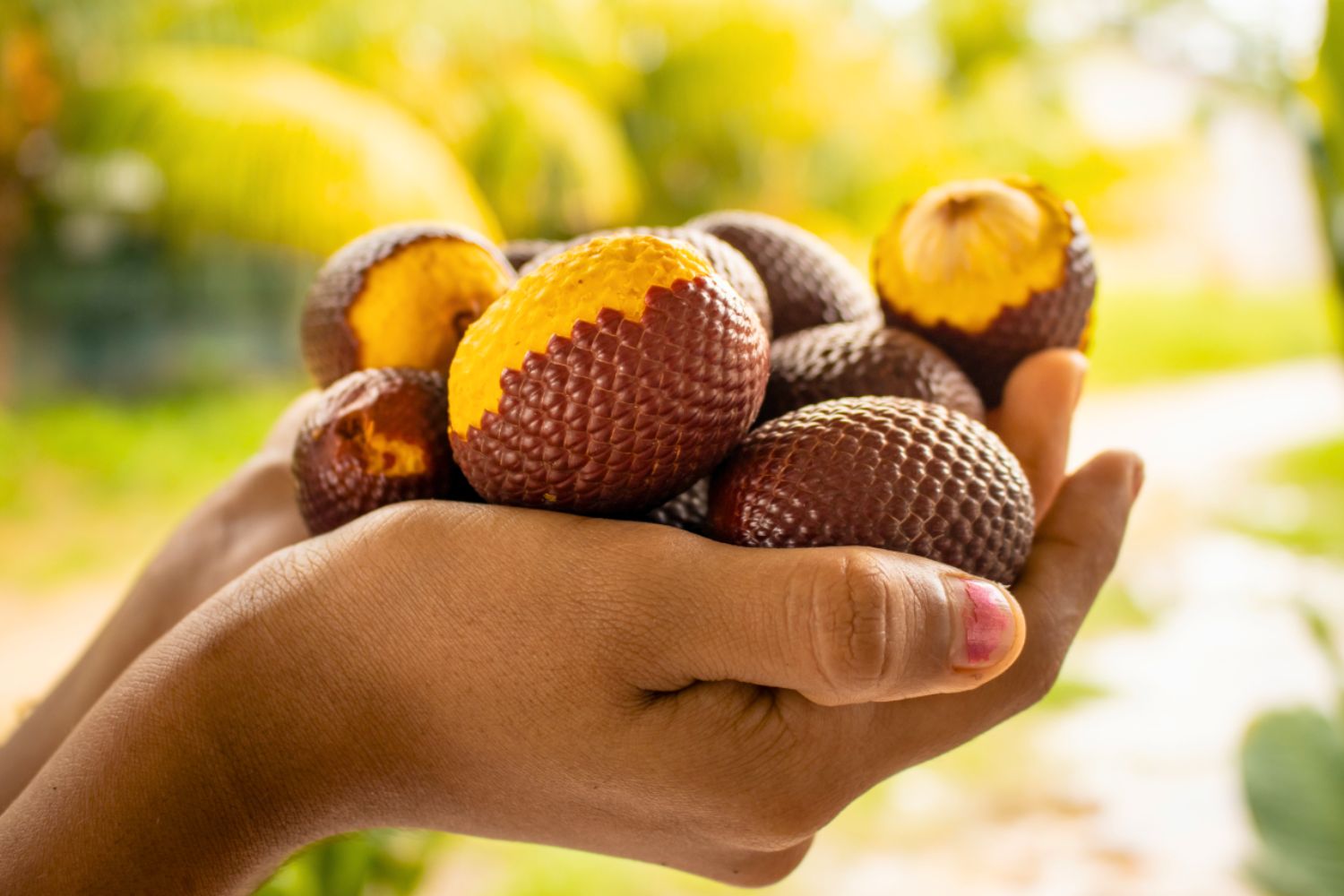
Cocona is a red, yellow, or orange edible berry from the cocona plant, a small shrub with sturdy branches and huge, hairy leaves. Coconas have a similar appearance to tomatoes and taste somewhere in between a tomato and a lemon. They are native to the Andean regions of South America and are known to be very rich in iron and vitamin B5.
Although they can be eaten raw, they can be quite bitter, so are more commonly made into a sweetened juice or salsa served in Amazonian restaurants as a popular accompaniment to banana plantain chips.
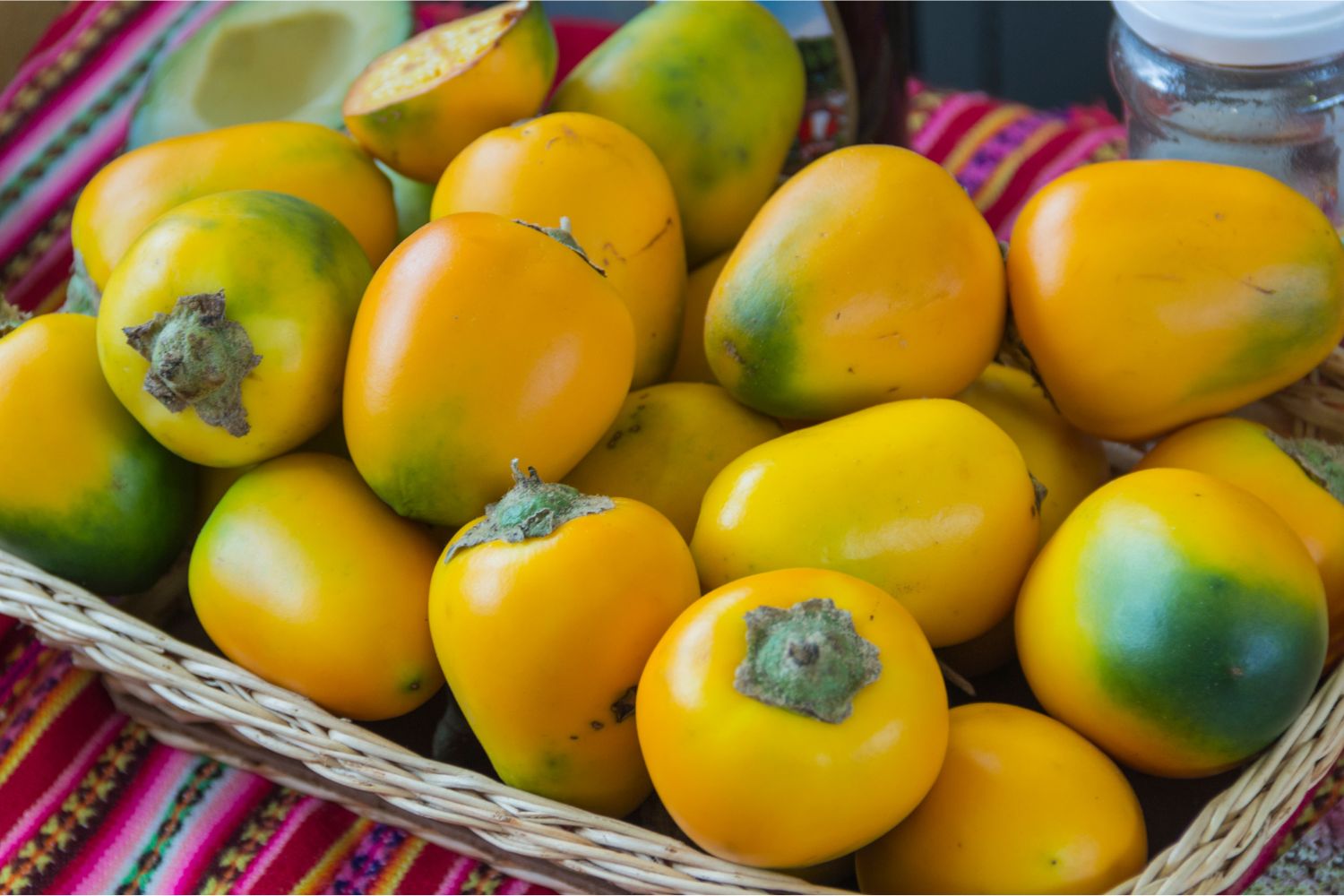
Many people aren’t aware that cacao beans (from which our beloved chocolate is derived) are in fact the seeds from Cacao pods which are the fruit of the Theobroma cacao tree that grows in the Amazon Basin.
Cacao is the purest form of chocolate and is an antioxidant powerhouse (40x the antioxidants of blueberries), so you don’t have to feel guilty consuming it, and is a great source of natural energy, mental alertness, and focus. Cacao also has more calcium than cow’s milk and is the highest plant-based source of iron. It’s also full of magnesium for a healthy heart and brain.
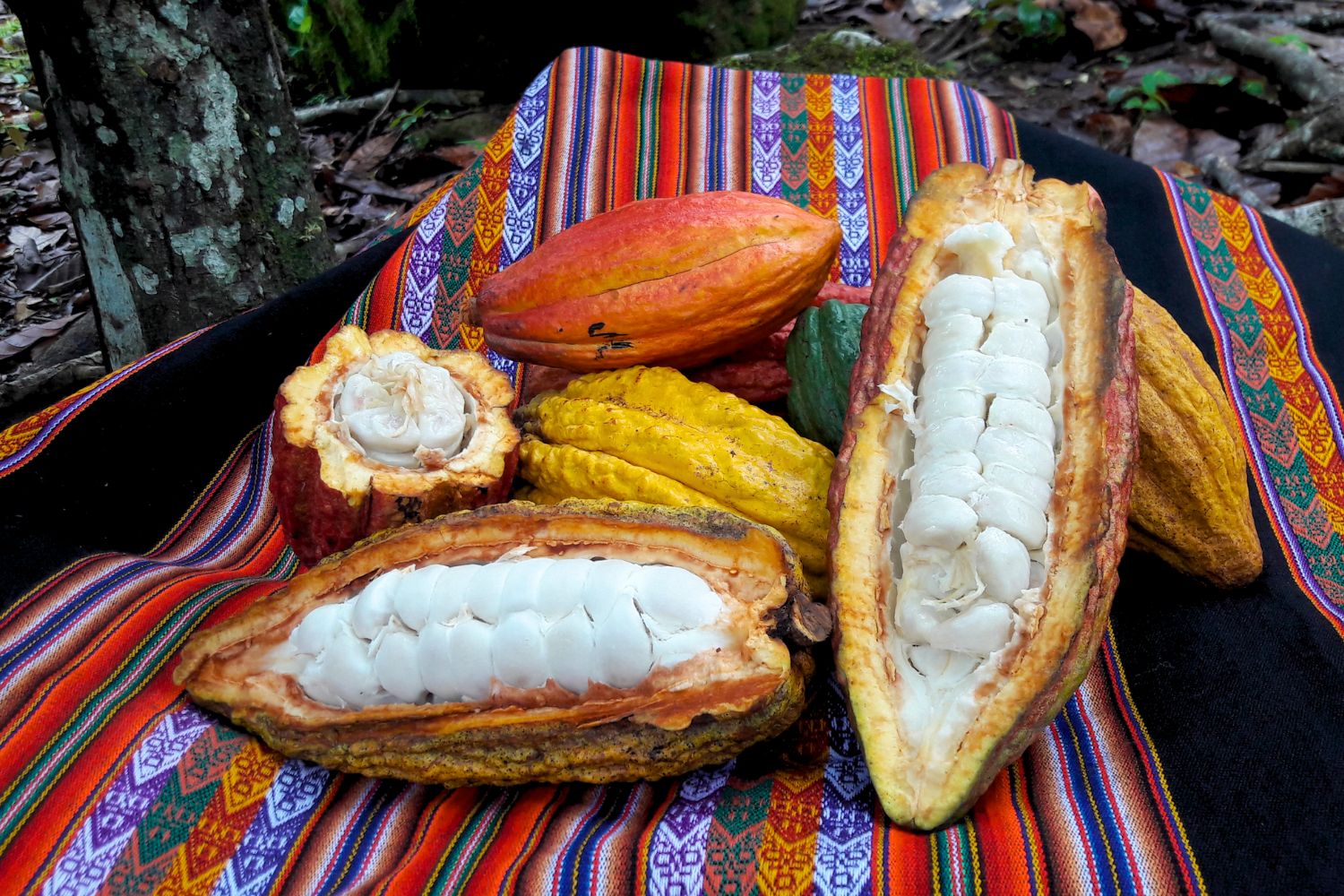
Famed for their seeds which are commonly referred to as the jungle or Inca peanut, Sacha Inchi are in fact star-shaped fruits that grow on the Plukenetia volubilis plant native to much of tropical South America. The seeds packing a whopping 75% protein and 25% Omega-3’s by size, and contain all of the essential amino acids your body needs.
Sacha Inchi has been cultivated in the Peruvian Amazon Rainforest for centuries and is now becoming widely used to promote weight loss. Some say that the seeds help burn excess abdominal fat. Sacha Inchi seeds are also used to fight off depression, high cholesterol and prevent heart disease. It is widely consumed as a snack, but can also be bought in tablet form or as an oil.
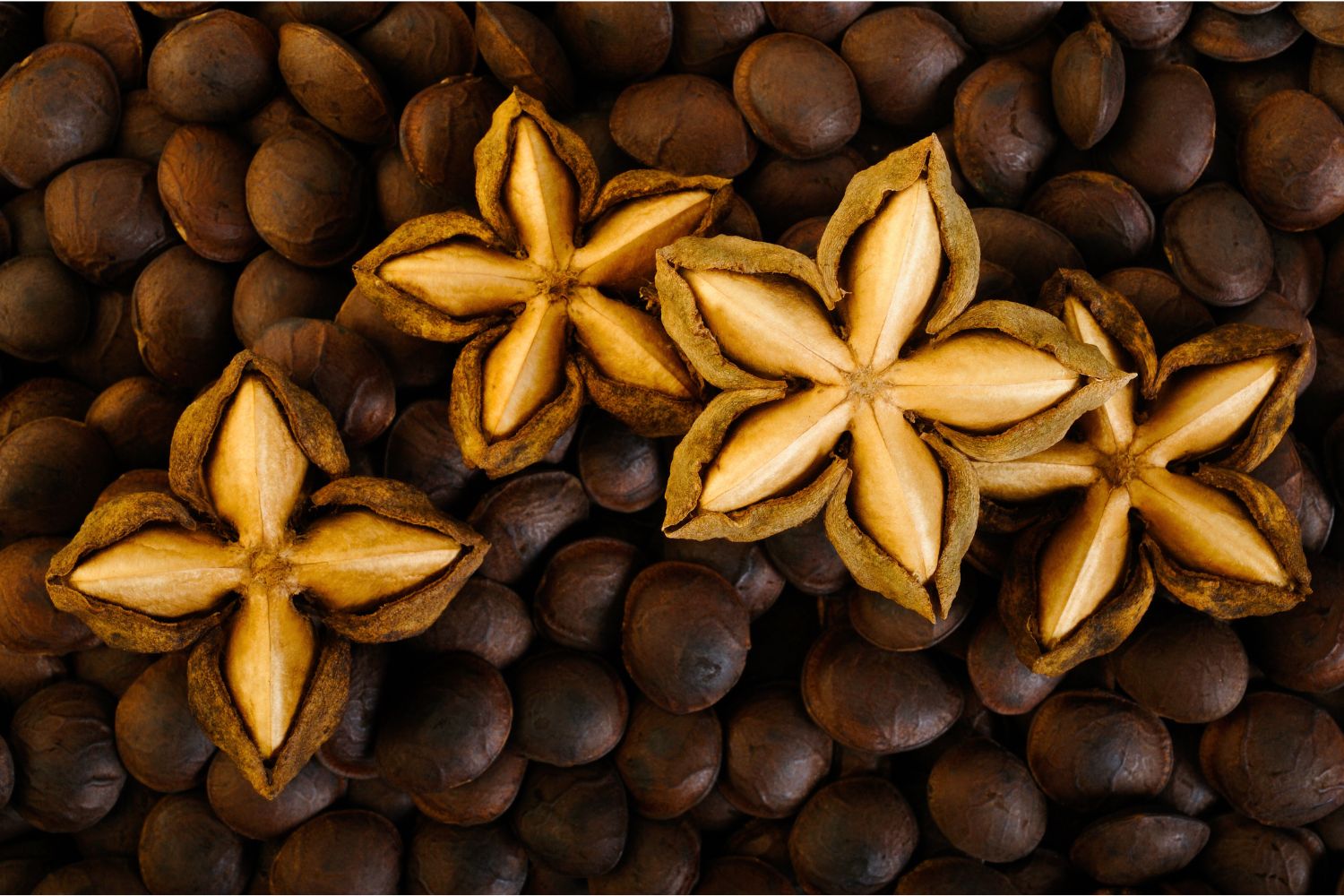
This unusual fruit resembles a humongous green bean, stuffed with cotton candy. Pacay is more commonly known to travelers as the ice-cream bean thanks to the smooth texture of its white flesh that has a flavor not too dissimilar to that of vanilla ice cream (and indeed it is often used to make ice cream and other desserts).
This fruit is full of dietary fiber which supports the body’s removal of cholesterol and fat, its dried stems are used to control digestion and alleviate stomach pains, and the seeds (which need to be cooked to remove their toxic compounds) are used to fight diarrhea and rheumatism.
In the Colombian Amazon, the pulp is used to prepare an alcoholic beverage called cachiri during a festival of the same name. The drink is made by native women chewing the pulp and spitting the mixture into a large vat to ferment. I think we’ll stick with the ice-cream flavored pulp thanks!
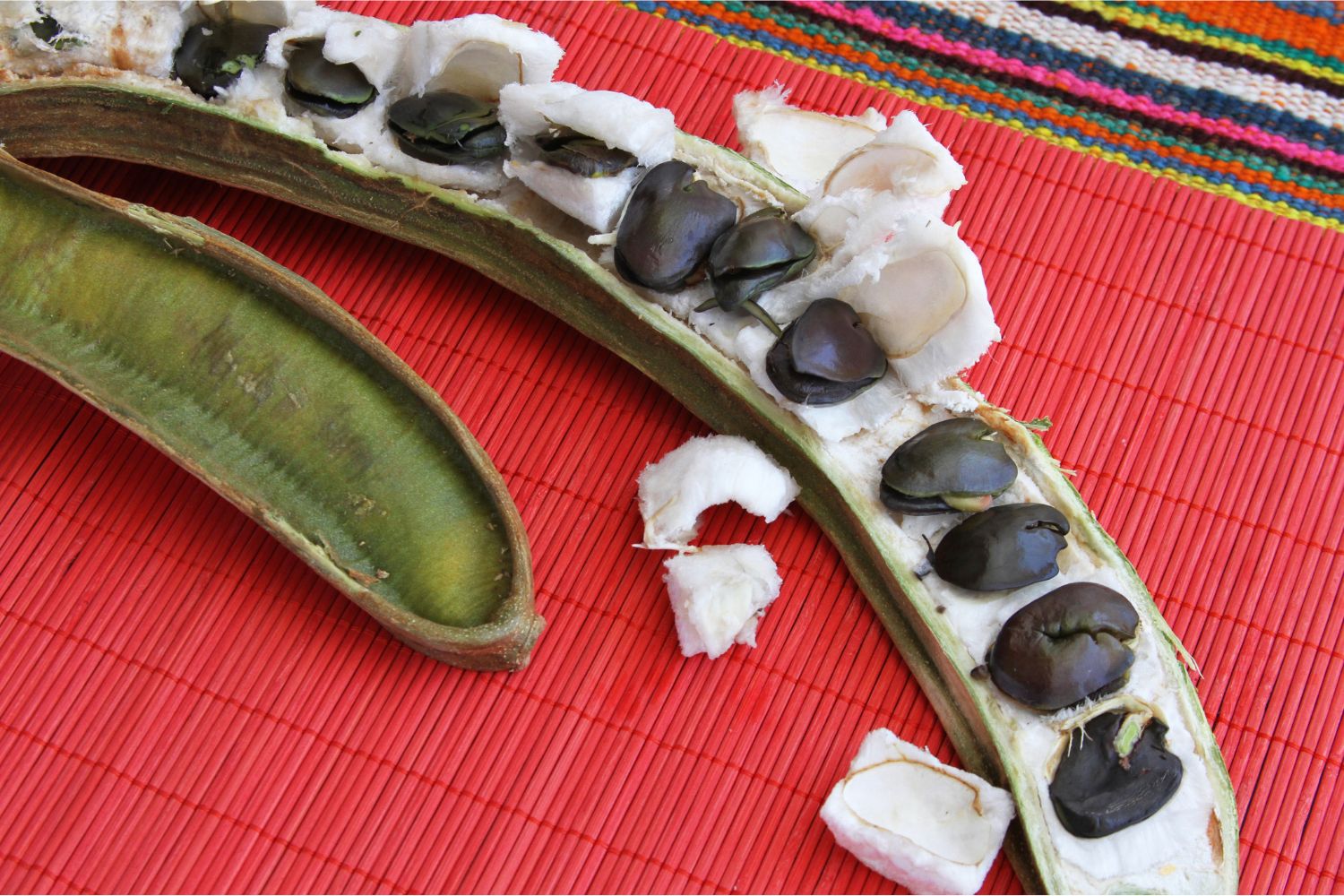
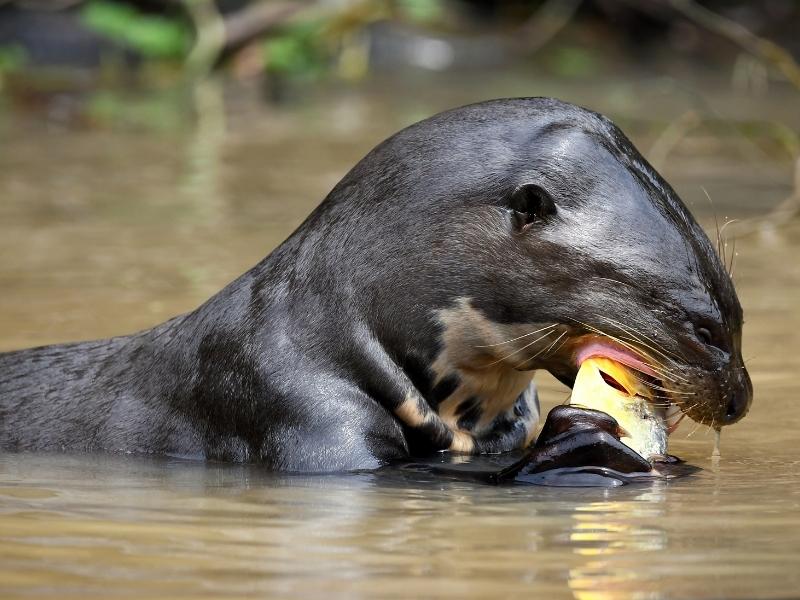
Discover the majestic Amazon rainforest of the Manu National Park. This protected area is in Peru, it is one of the largest ecosystems on the planet, due to its great diversity of birds, insects, plants and mammals.

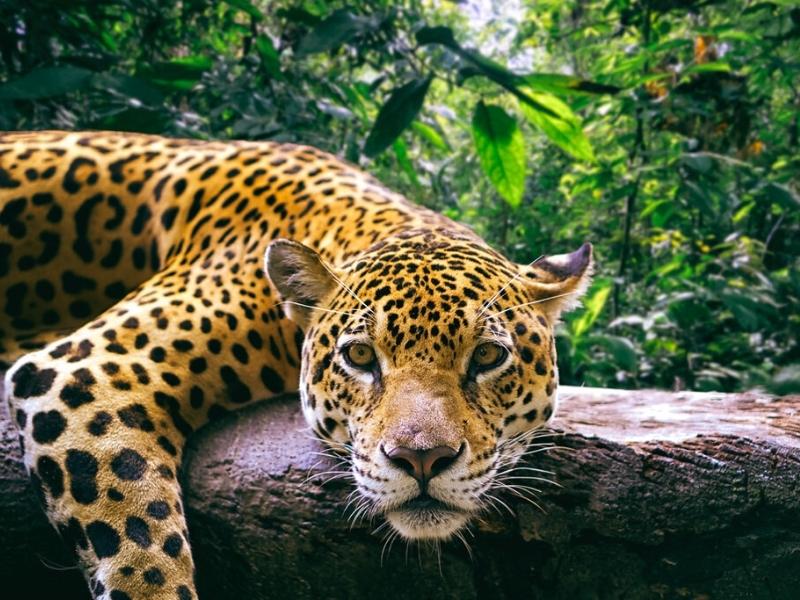
The Manu Jungle tour goes to one of the largest life biosphere reserves in the World. You will enjoy wildlife, traditional villages, with the best specialized guides.

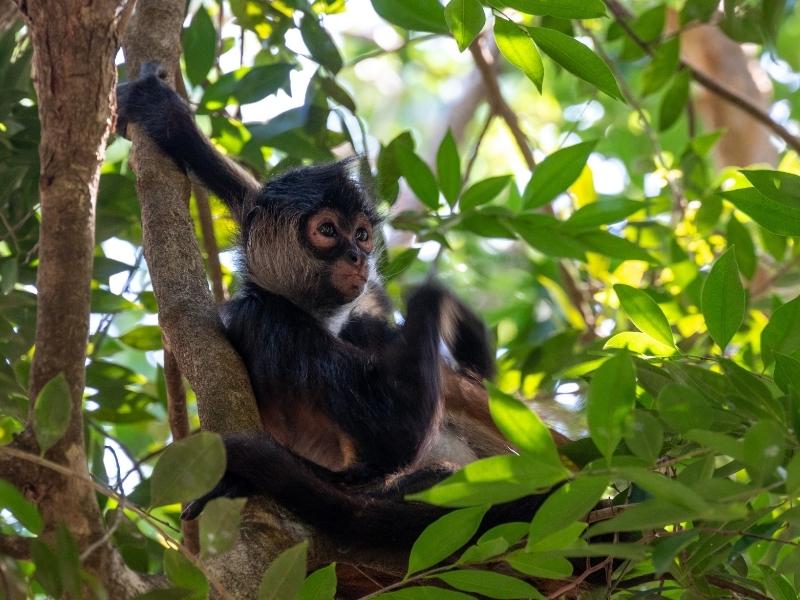
Manu National Park is an excellent way to experience an intense amazon wildlife.Is the biggest Amazon rainforest in the Americas, its incomparable natural wealth, host the greatest amount of flora and fauna of the world.
